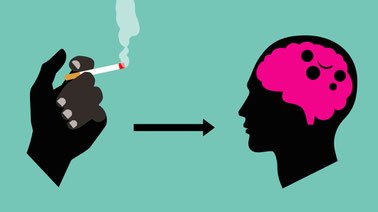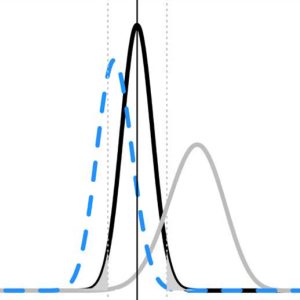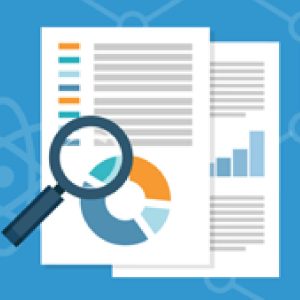
Causal Diagrams: Draw Your Assumptions Before Your Conclusions
FREE
Causal diagrams have revolutionized the way in which researchers ask: What is the causal effect of X on Y? They have become a key tool for researchers who study the effects of treatments, exposures, and policies. By summarizing and communicating assumptions about the causal structure of a problem, causal diagrams have helped clarify apparent paradoxes, describe common biases, and identify adjustment variables. As a result, a sound understanding of causal diagrams is becoming increasingly important in many scientific disciplines. The first part of this course is comprised of seven lessons that introduce causal diagrams and its applications to causal inference. The first lesson introduces causal DAGs, a type of causal diagrams, and the rules that govern them. The second, third, and fourth lessons use causal DAGs to represent common forms of bias. The fifth lesson uses causal DAGs to represent time–varying treatments and treatment–confounder feedback, as well as the bias of conventional statistical methods for confounding adjustment. The sixth lesson introduces SWIGs, another type of causal diagrams. The seventh lesson guides learners in constructing causal diagrams. The second part of the course presents a series of case studies that highlight the practical applications of causal diagrams to real–world questions from the health …
Instructor Details
Courses : 1
Specification: Causal Diagrams: Draw Your Assumptions Before Your Conclusions
|
2 reviews for Causal Diagrams: Draw Your Assumptions Before Your Conclusions
Add a review Cancel reply
This site uses Akismet to reduce spam. Learn how your comment data is processed.

| Price | Free |
|---|---|
| Provider | |
| Duration | 22.5 hours |
| Year | 2020 |
| Level | Beginner |
| Language | English |
| Certificate | Yes |
| Quizzes | No |

FREE






Karen Carlson –
I had no idea what this was when I signed up, but the teaser vid was interesting so thought I’d take a quick peek. I finished the course with a surprisingly good grade, since I have absolutely no background in data science. But the course started with absolute basics and added more elements as time went on, so I was able to continue. It was very well done, with clear explanations, great graphics (not snazzy, but clear and understandable) and lots of repetition. I would guess those who have a reason to take this course – data scientists – would find it fairly easy. And for those like me, who have no reason to take it other than curiosity, it’s manageable.
FMI see my personal blog post at https://sloopie72.wordpress.com/2017/11/01/from–wtf–is–this–to–heythis–is–kind–of–fun–causal–diagram–mooc/
Ryoh Funatsu –
this class is really good to review and begin to learn about causal DAG or structural causal inference ! i want to retake this class again to review